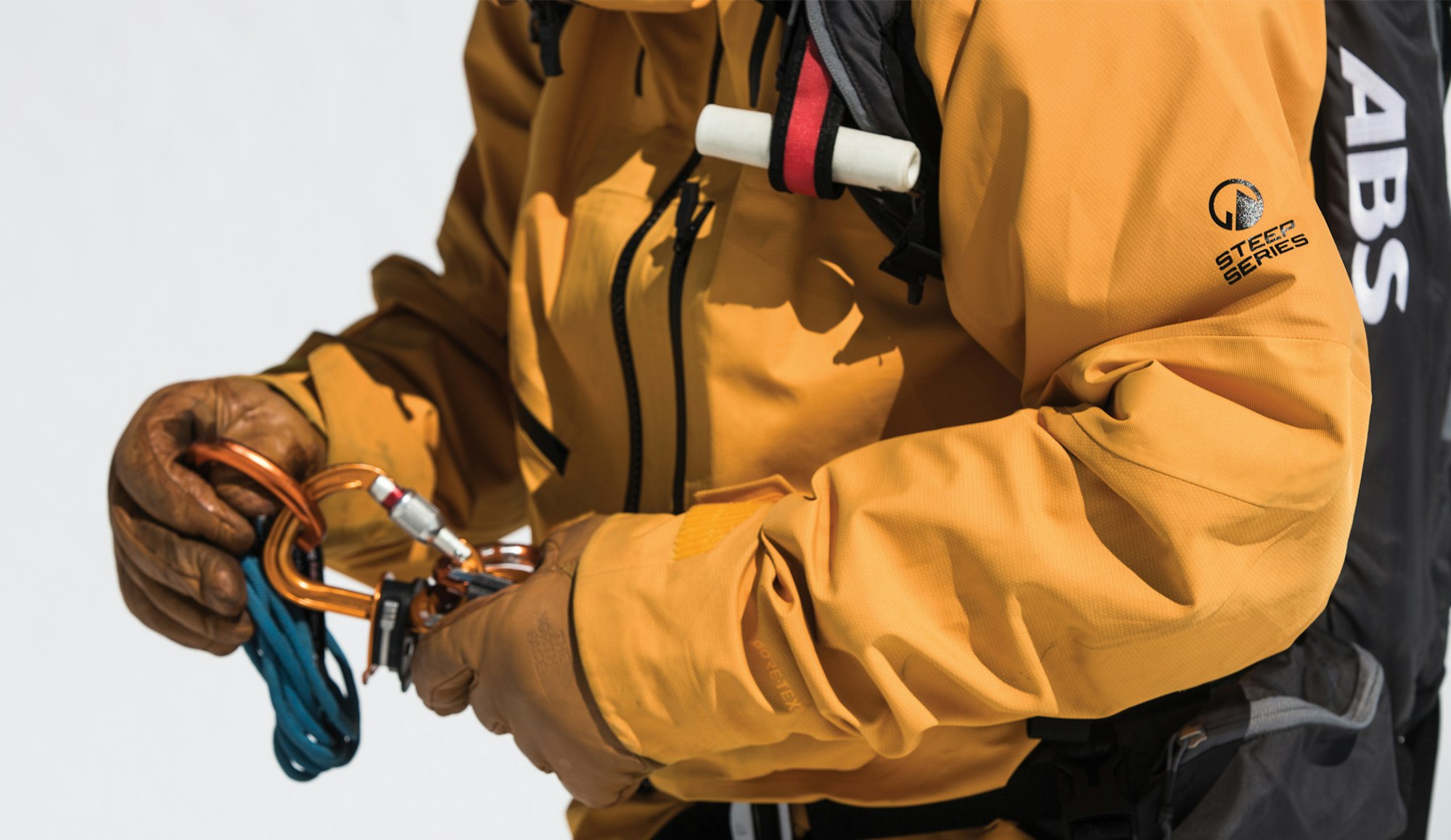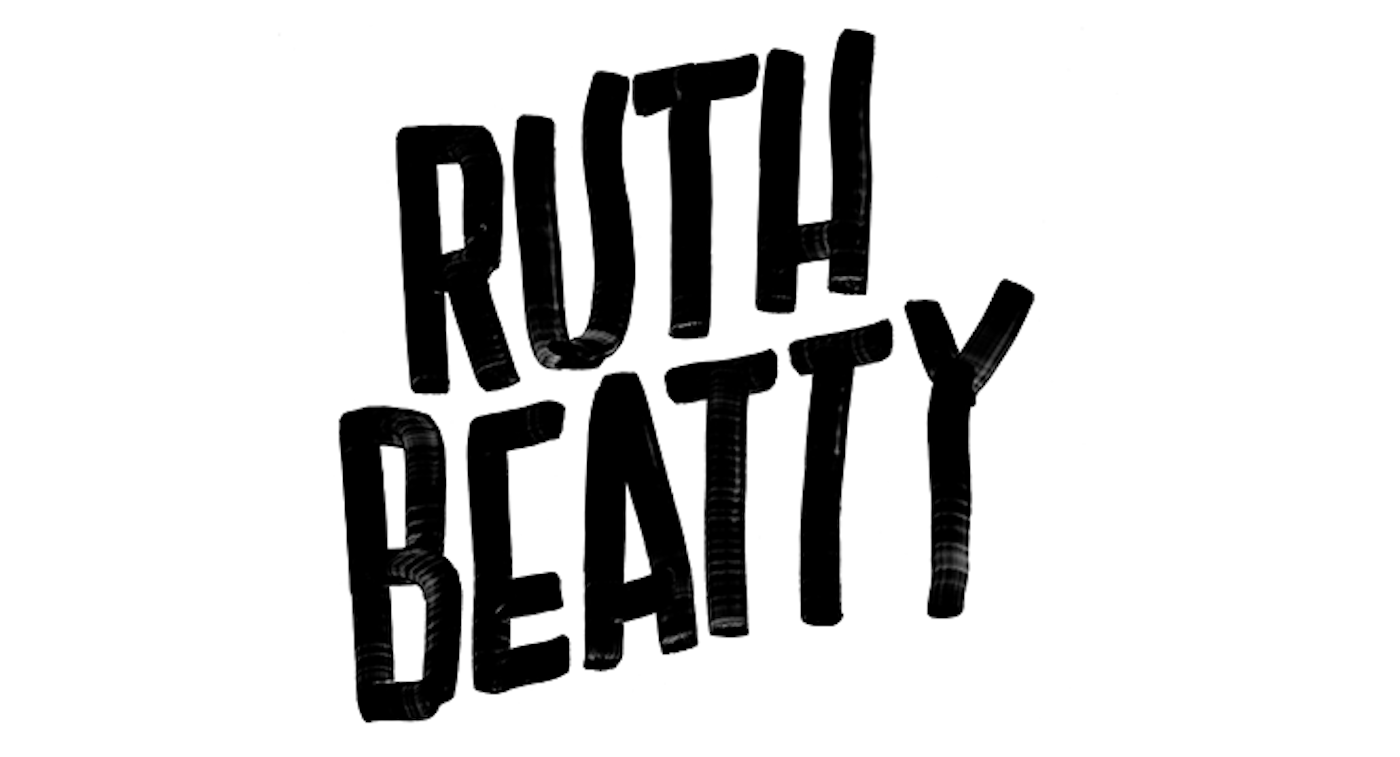
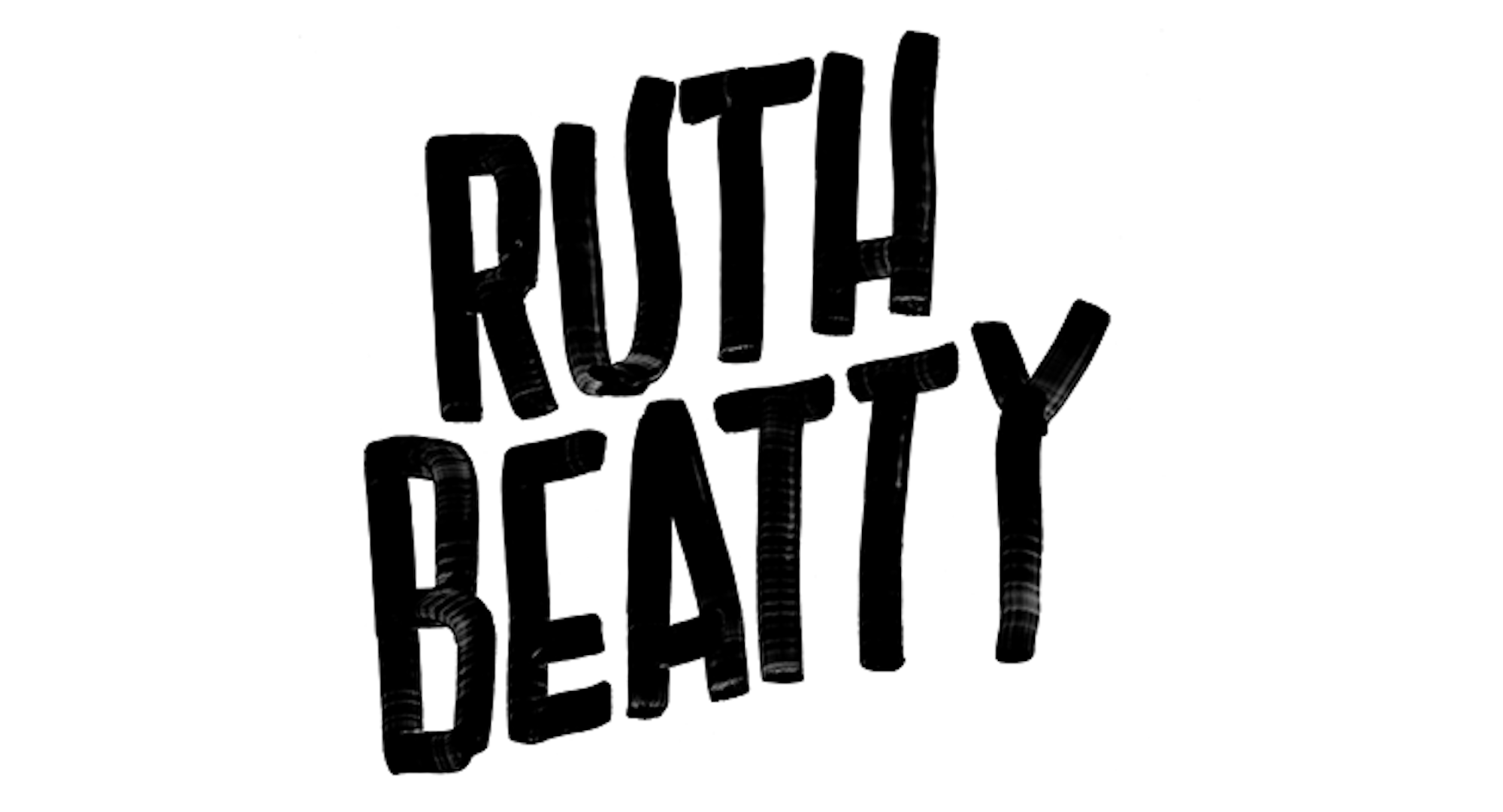


Interview • Tess Weaver Strokes
While a fashion designer relies on creativity and artistry, a technical apparel designer must understand a sport, incorporate athlete input, problem solve and do it all creatively and artistically. The North Face (TNF) Design Director for Snowsports Ruth Beatty excels at blending style and function, all while understanding the demands of the world’s best skiers and snowboarders.
“She’s so connected to the athletes and their specific needs,” explains Scott Mellin, TNF global general manager of mountain sports. “She takes a very anthropological approach to her work. Always watching, tinkering and probing. Her approach to fit is really unique and contributes highly to the success of the brand. She’s also a badass in the mountains which connects her deeply to the consumer and our sports.”
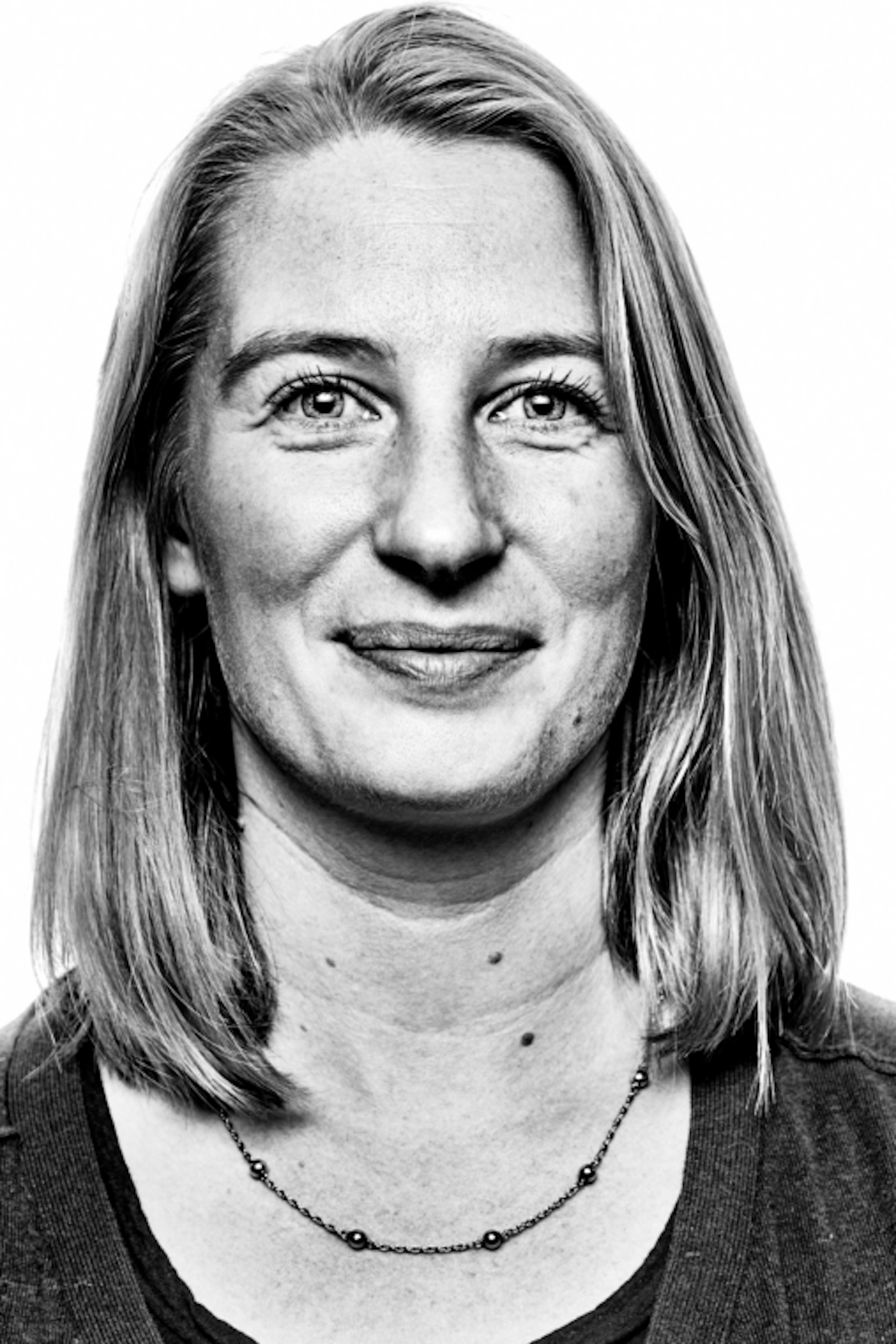
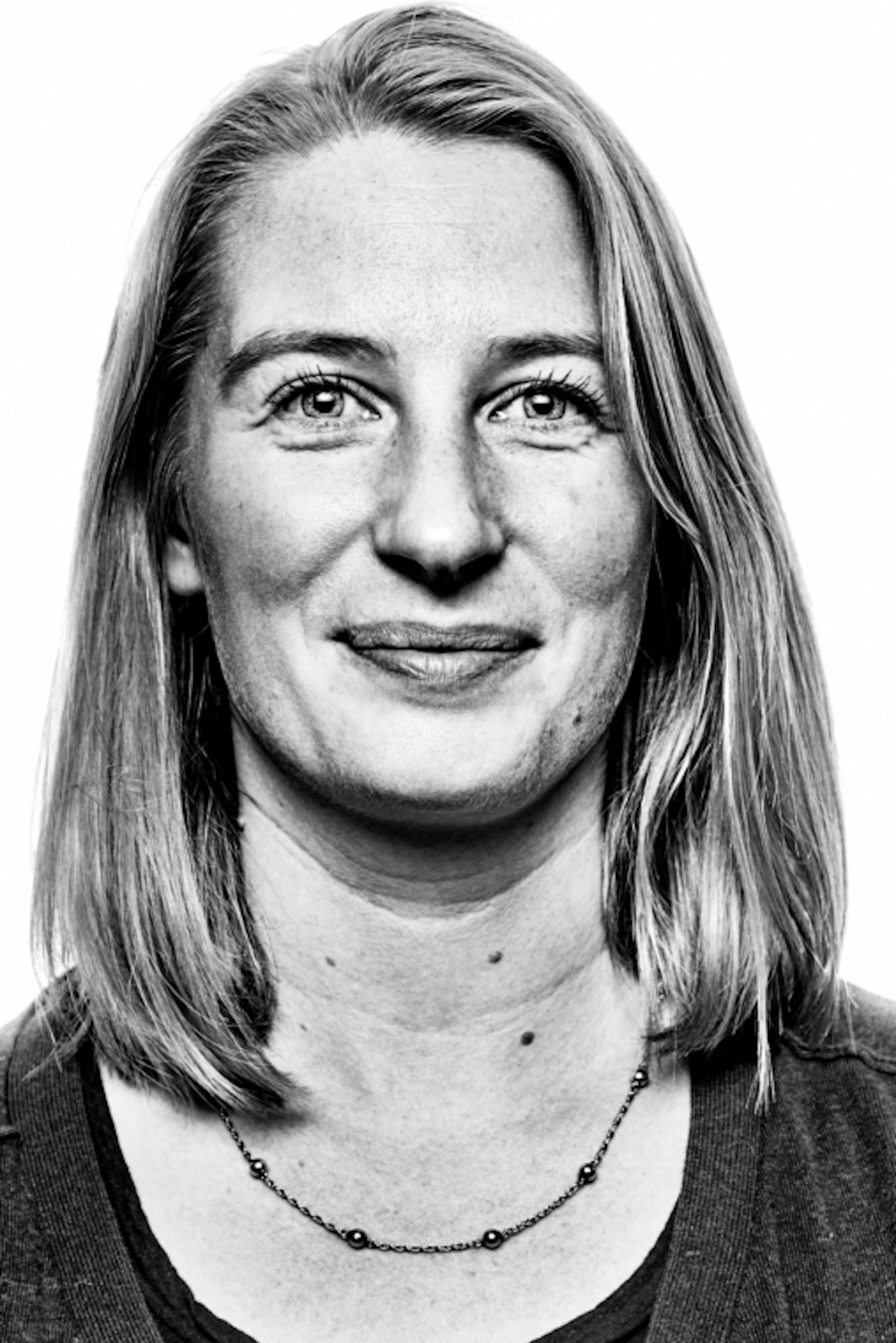
Photo by Clayton Boyd
Hailing from Northern Ireland, Beatty studied fashion design at the National College of Art and Design in Dublin. Halfway through, she found herself daydreaming less about the catwalk and more about the Alps and decided to become a ski bum. The month before she moved to Courchevel, France, Beatty taught herself to ski at Craigavon ski center, an artificial ski hill near her small hometown of Saintfield. By the end of her first ski season in France, she had progressed from the bunny slope to hiking couloirs. Beatty returned to the U.K. to graduate from the University of Southampton before promptly returning to the French Alps as an assistant designer for Salomon in Annecy where she skied nearby La Clusaz and got her first taste of the outdoor industry. When she moved to America part-time with her boyfriend in 2006, she worked for multiple design agencies—one had The North Face as a client. The project involved research into the DNA of the company, during which Beatty learned about TNF’s heritage and athlete driven innovation. When a job opened up for a junior designer, she applied. That was seven years ago. Beatty, 37, has worked her way up through women’s sports and snow sports and now oversees a team of five in her role as Design Director. The gig has its perks. She’s shredded Baldface Lodge in British Columbia with Ian McIntosh, Xavier de Le Rue and Kaitlyn Farrington and the Jackson Hole backcountry with Angel Collinson and Sage Cattabriga-Alosa. TNF athletes like Ingrid Backstrom appreciate Beatty’s passion for the sport and design.
“Ruth is a dream designer to work with; she totally rips on the mountain, and is very kind, fun, attentive, patient and hard-working,” says Backstrom. “She always smiles and nods and listens to the athletes’ suggestions, no matter how outrageous, and then designs the best, most functional and stylish gear I’ve ever worn. She’s curious to hear feedback and also brings her own unique perspective as someone who shreds hard and uses the gear but also has a complete eye and passion for design.”
Here, Beatty talks inspiration, her work at The North Face and why her team excels as athletes continue putting their designs to the test.
That winter in the Alps changed my life completely. It was the first time I’d been in landscapes of that scale and it blew me away. Feeling small in comparison seemed to put everything into perspective for me. It was the first time I really challenged and scared myself, both physically and mentally, and I loved that. The learning and evolution from when I arrived in Courchevel to when I left really empowered me—I gained so much confidence and a sense of accomplishment.
Being a skier helps. I get to go out, wear the stuff and try it. It also helps being able to understand someone’s feedback and know what they’re talking about. This winter, I’m spending most weekends in Tahoe—I just bought at a house on the backside of Alpine Meadows. It’s a seven-minute walk to the chairlift. I’m really excited about the backcountry terrain I can access from my front door!
I never imagined living in the States full-time, but I always thought I’d leave Northern Ireland. My family wanted us—I have four brothers and sisters—to travel and see the world.
My parents met in Scotland and spent a lot of spare time hiking in the Highlands. I grew up doing stuff like that. My dad was a forester. My siblings and I were always having fun together outside. Now, all my brothers and sisters are into skiing, biking and climbing.
Our office is a little bonkers—in a good way. It’s mayhem with samples, sketches, random skis strewn about… One of my favorite things is that there are so many different personalities and individuals working together. People are themselves—it’s an honest family environment.
I still love design from the problem solving and creative side. I enjoy the storytelling aspect and understanding a consumer. I love seeing a product from beginning to when it hits stores and the whole process. My favorite moments are when I see people on the hills wearing something I designed—that makes me really happy!
In my role as Design Director, I’m setting more direction and working with designers to deliver on that. I have a lot more creative freedom now.
With snowsports in particular, there’s a big style element—it’s all about attitude; all about having fun. The apparel should reflect that, too. The category is more playful and creative.
We do a summer athlete summit every year. Sometimes we’re hanging in Yosemite. This year we were camping, climbing and biking in Sedona. We see the athletes multiple times throughout the year, and it’s not just in a conference room. We are getting to know them in the outdoors, on a personal level. You gain a lot more insight chatting while drinking beer around the campfire than with email questions.
It starts with the athletes—that’s what I really like about the company. These athletes are amazing people, but they’re also really humble, approachable and they like working on products and answering questions. It’s helpful hearing how the products affect their performance emotionally. There’s definitely a soulful element beyond the practical stuff.
I’m really proud of the new Steep Series line. It was a big undertaking in terms of our design and development process. Beginning with our athletes, we re-did the entire line from scratch. We started with talking to them about the kit they really needed and used this information to determine the products in the line. Then we had them simulate the type of movements they do skiing and riding. This meant our in-house pattern cutter could analyze the range and type of motion needed and build specific patterns for each garment in 3D. This became the foundation of each product, upon which we added features and aesthetics layer by layer—all based on our athlete’s needs. We controlled the whole process in house, analyzing every detail and component throughout. The result is a line that fits and functions unlike anything we’ve achieved before.
Looking forward, we’ll continue to amplify and innovate our technical products that resonate with that hardcore consumer, especially Summit SeriesTM and Steep SeriesTM. In snowsports, we want to connect with younger consumers and create products that they’re excited about while still being accessible to them.

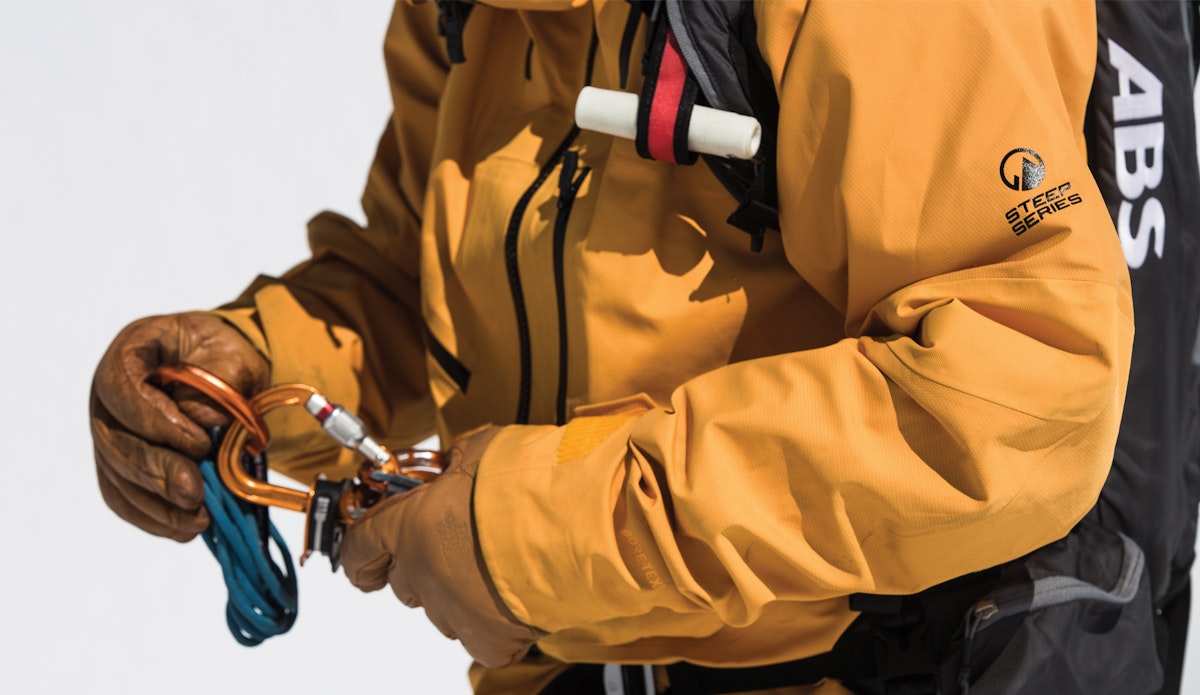

![[GIVEAWAY] Win a Head-to-Toe Ski Setup from IFSA](https://www.datocms-assets.com/163516/1765920344-ifsa.jpg?w=200&h=200&fit=crop)


![[GIVEAWAY] Win a Legendary Ski Trip with Icelantic's Road to the Rocks](https://www.datocms-assets.com/163516/1765233064-r2r26_freeskier_leaderboard1.jpg?auto=format&w=400&h=300&fit=crop&crop=faces,entropy)




![[GIVEAWAY] Win a Head-to-Toe Ski Setup from IFSA](https://www.datocms-assets.com/163516/1765920344-ifsa.jpg?auto=format&w=400&h=300&fit=crop&crop=faces,entropy)


